In times of seclusion, technology becomes a great ally and, among many other things, today it will allow us to travel back in time. If you accompany me, you will be able to contemplate, just as they were in their moment of maximum splendor, seven of the most imposing and unique castles in all of Europe. Whether as a consequence of wars or simply due to abandonment, these castles today are in ruins, but thanks to the work of designers and architects, who have created a series of architectural renderings and reconstruction animations, we will know how they were.
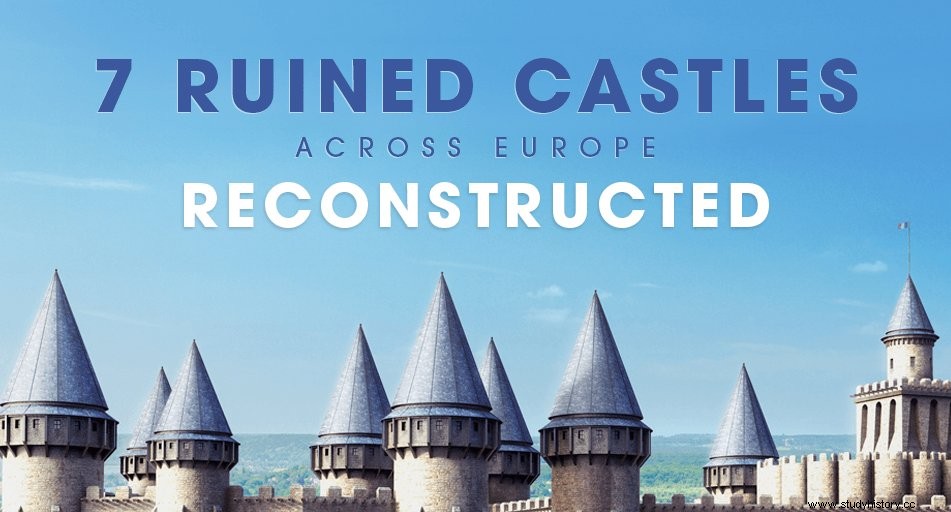
Dunnottar Castle (Scotland)
It sits perched on a rocky precipice on a headland on the northeast coast of Scotland. The castle buildings that have come down to us correspond essentially to the 14th and 15th centuries, although it is known that it was built earlier.
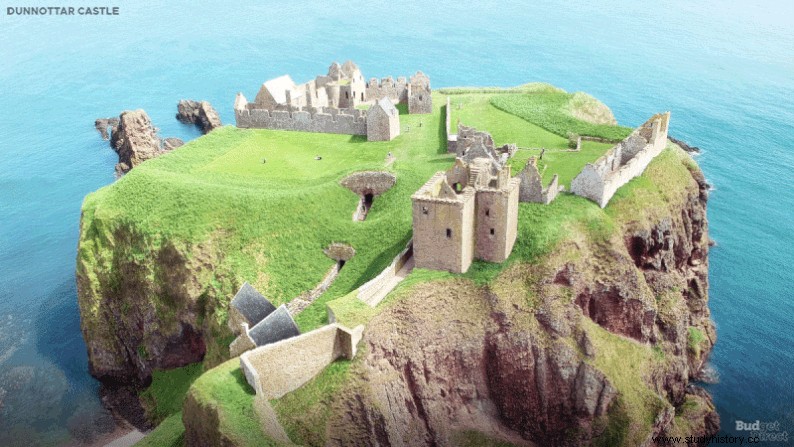
Samobor Castle (Croatia)
Built in the mid-13th century on top of a hill in Samobor (Croatia), it became a strategic enclave to control trade routes.
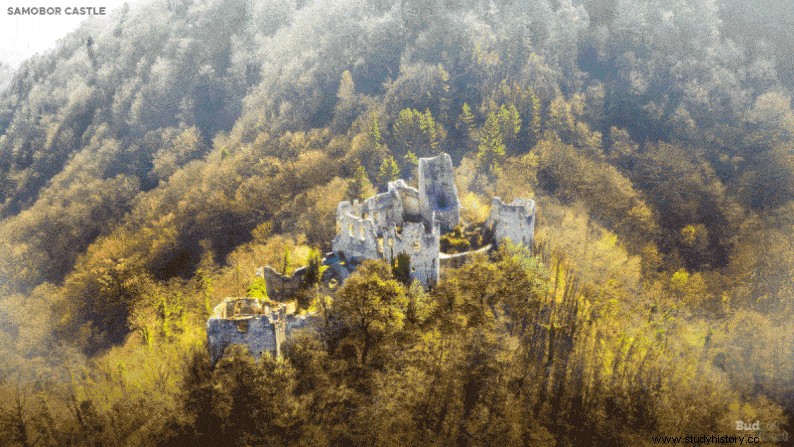
Gaillard Castle (France)
Medieval fortress from the 12th century that stands on a cliff in the municipality of Les Andelys (France) and from which the Seine valley is controlled.

Menlo Castle (Ireland)
Built in the 16th century on the banks of the River Corrib in County Galway, Ireland, it was the home of the Blake family for centuries. In 1910 a fire destroyed it, killing the daughter of the family and a maid. Since that day, ivy has grown to cover the castle.
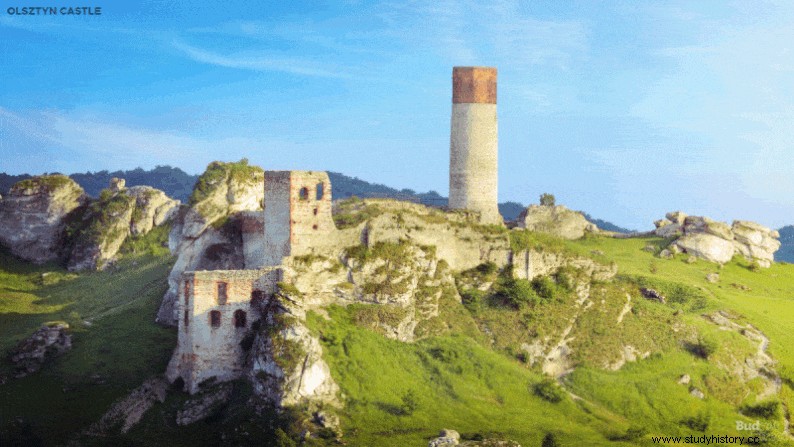
Olsztyn Castle (Poland)
It is located on a steep hill overlooking the Łyna River in northeastern Poland. It was built at the beginning of the 14th century.

Spis Castle (Slovakia)
Built on top of a hill during the 12th century in the Spiš region (Slovakia), with its four hectares it is one of the largest castle complexes in the world.

Poenari Castle (Romania)
Built in the 13th century on a cliff, it is famous for being the fortress of Vlad Tepes, the Romanian prince who inspired Bram Stoker for his work Dracula.
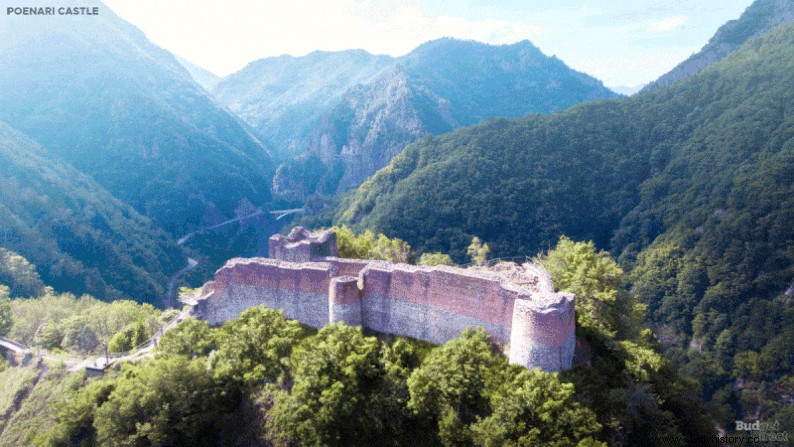
Source:Budget Direct.
